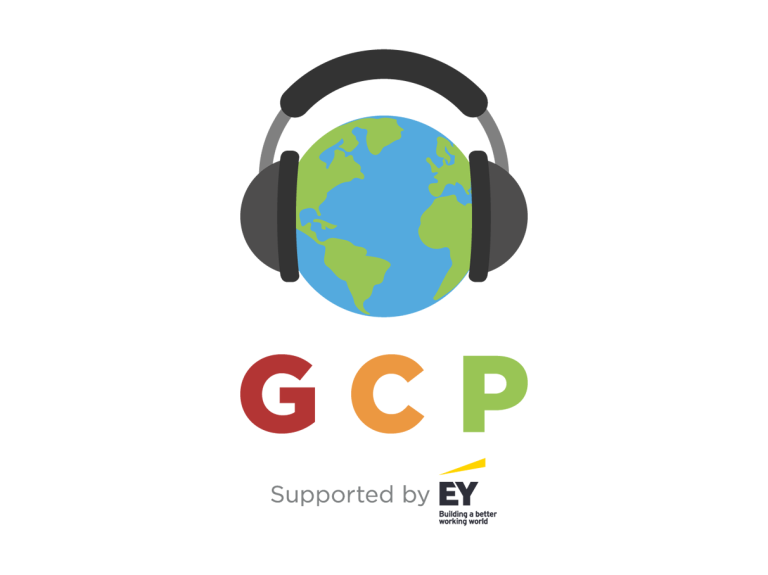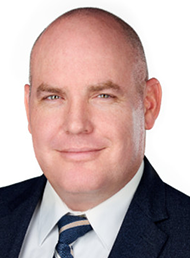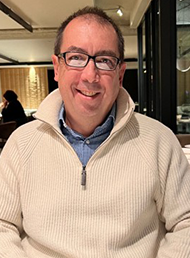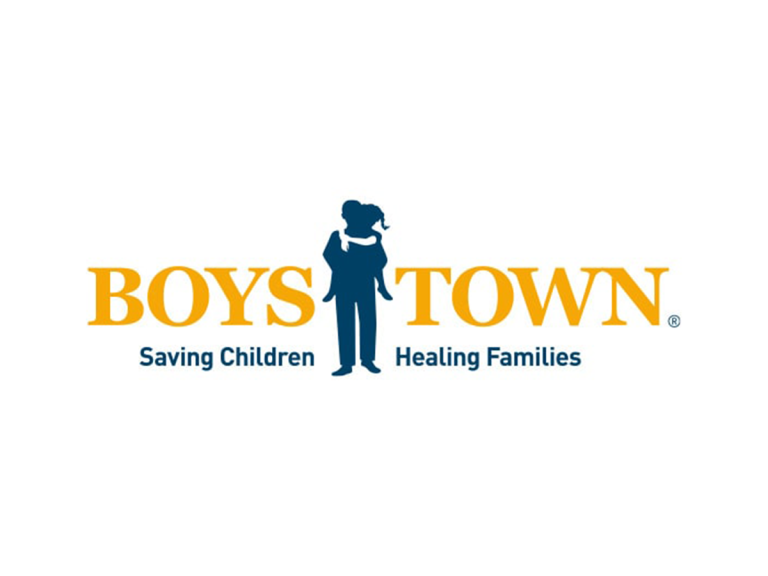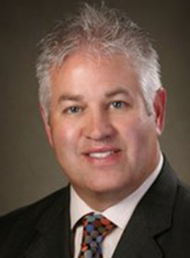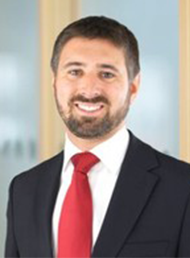The jury verdict in favour of captive management company, RMC Group and its president and CEO, Raymond Anker, against the Internal Revenue Service (IRS) highlights there are ways micro captives can be successful in cases that have historically gone against them.
In the RMC case, the jury concluded that the IRS failed to show that the captive manager was liable for Internal Revenue Code Section 6700 penalties.
“They came back as no on every single tax year for each of the entities, which is obviously a big win for us and a big loss for the Department of Justice (DoJ) and for the IRS,” said Matthew Reddington, partner and head of the Tax Controversy Practice at ZMF Law, speaking on episode 102 of the Global Captive Podcast.
Reddington and ZMF Law represented Anker and RMC Group in his case against the IRS.
In the case, the IRS had argued: “Ankner and his companies designed, sold, and managed a plan to avoid federal income taxes through unlawful deductions for supposed ‘insurance premiums’ in connection with micro-captive insurance programs.”
However, the jury found that Ankner and his entitles should not be held liable for each of the tax years in question.
“They’ve [the IRS] been feeling that they are 10 feet tall and bulletproof,” Reddington said on GCP #102. “They’ve won seven cases in a row in the US Tax court, but there’s other avenues to get better results.
“Moving forward, as we push on these buttons and try to find ways that we can take this out of the Tax Court’s hands and find ways to put this in front of a jury, then those wins are not nearly as automatic.
“This should help for settlement purposes, and should help for reconsideration, or maybe not even taking the case at all on behalf of the IRS.’”
The IRS has a history of going after captives making the 831(b) tax election, winning its most recent case at the end of last month against Dr. Patel, the co-founder of an eye surgery centre and the founder of two research centres in the West Texas area.
“This should help in pushing that back,” Reddington said. “The IRS take a bully approach in a lot of tax matters where they know that they can outspend and take more time and resources than the individual taxpayers.
“With any bully you’ve got to punch them in the nose to get them to lay off.”
Reddington said more court cases should eventually emerge in favour of micro captives if the courts do their job correctly and people keep fighting their case.
“Now that the IRS has shifted some of their focus into other areas and moved more onto conservation easements, there’ll be a huge focus in different areas, which will take their resources away,” he added.
“As long as we continue to fight and push with better facts, we should see some changes in the law.”





